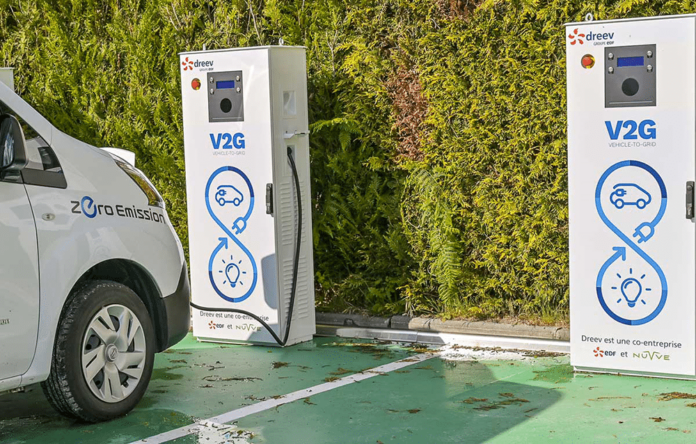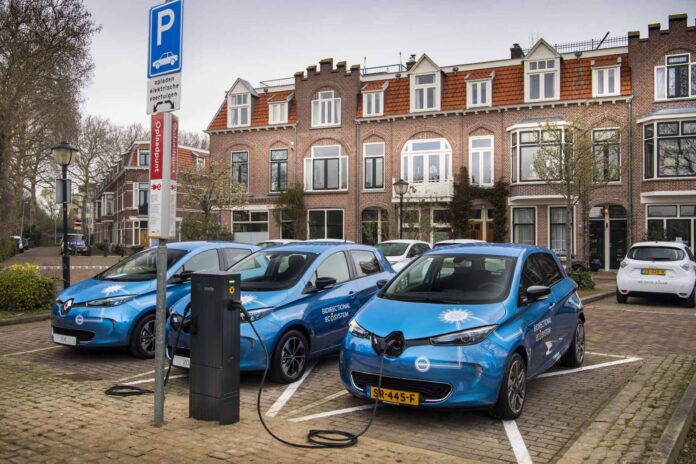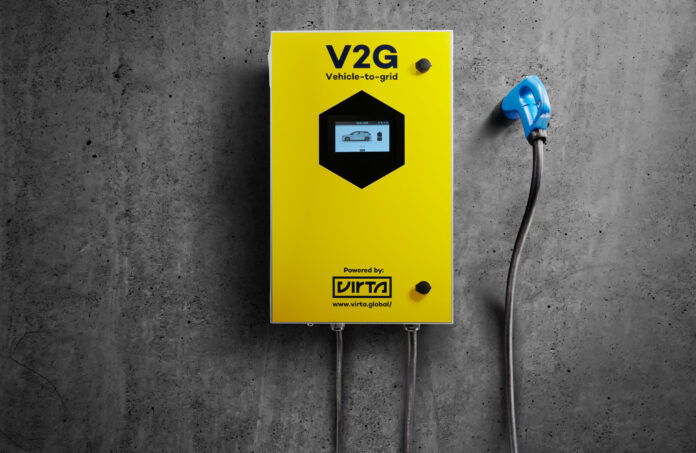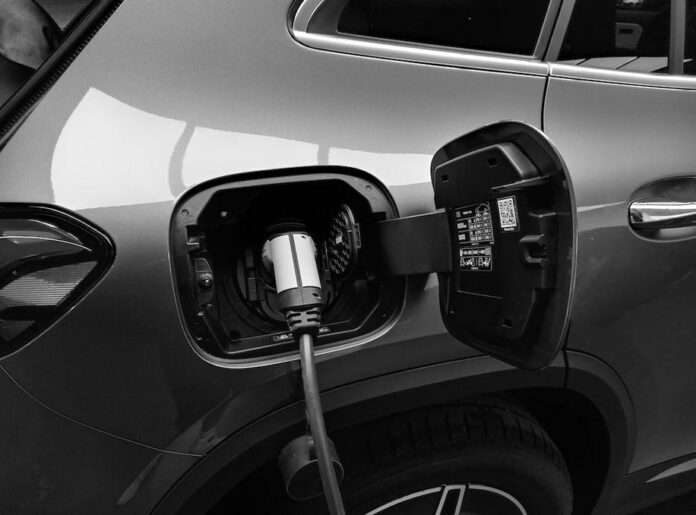Electric vehicle sales are on track to hit an all-time high, with sales reaching 2 million in the first quarter of 2024, a 75% increase from the same period in 2021, according to CNBC news. Electrification is one of the leading innovations in the automotive industry and its future looks promising as countries shift to electrified mobility to combat climate change. But like with other innovations, there are concerns about electric vehicles, especially their charging needs. As the US speeds up the adoption of electric cars, consumers continue to question if the grid will handle the increasing energy demand.
Experts in the transport and energy sector agree the country needs a more robust power grid. And with careful planning and deployment, electric vehicles could strengthen the grid through vehicle-to-grid or V2G charging technology. Keep reading to understand why the future of electric vehicle charging could be V2G or vehicle-to-grid.
V2G Helps EVs Store Energy
The V2G technology relies on bi-directional chargers that enable electric vehicles to feed electricity back to the main grid. With that said, batteries in electric vehicles can serve as exceptional assets for the power grid. Because EVs spend most of the time parked, users can use bi-directional chargers to absorb energy when it’s in vast supply in electricity networks. Then EVs can release the energy back to the grid when required to power home utilities during peak hours.

How V2G or Bi-Directional Charging Works
As the name suggests, bi-directional charging entails two-way charging. This means electricity can flow from the electric grid into electric cars and from the car to the grid. So, how does bi-directional charging work? Typically, when charging an electric car, alternating current or AC electricity from the grid converts to direct current or DC electricity. In most cases, the conversion of AC to DC electricity occurs in the car’s converter or converter inside the charger.
To feed power from an EV to the grid, direct current or DC electricity must be converted into AC electricity. While there aren’t plenty of bi-directional electric vehicle chargers yet, those available in the market contain converters. This means EV owners can easily convert DC to AC, thus feeding the grid with enough electricity to power their homes. Also, built-in converters in bi-directional chargers control the amount of energy supplied to and from your electric car battery.
V2G Will Be More Effective Than Smart Charging
If you’re like many people, you’re probably wondering if there’s a difference between smart EV charging and V2G. It’s important to understand that smart charging works for both one way EV charging or bi-directional charging. The unique characteristic of smart EV charging is that it controls EV charge time and speed through a smart device using data connections between the EV charger and automobile.
Smart charging helps EV owners determine when it’s convenient to charge cars based on cost and demand, thus preventing an overload of power grids. For instance, you may choose to charge your EV at night when demand and energy rates are low. However, V2G could be more effective because of its ability to connect EVs together and feed a significant amount of energy back to local electricity networks during peak hours.
With V2G technology in place, electric vehicles can function as huge decentralized power stations. This will eliminate the need for additional electricity production, supplied by burning fossil fuels when demand for energy is high. By reducing demand for energy on local power grids, V2G creates room for electric car users to utilize green and cheap energy.

V2G Can Help Achieve Net-Zero Emissions
There are many misconceptions about electric vehicle charging, and the most notable one is that charging EVs harm the environment more than burning fossil fuels. Contrary to this belief, EVs play a significant role in reducing greenhouse gas emissions than the average new gas-powered vehicle. In fact, an all-electric car like the 2024 Ford F-150 Lightning emits 200 grams of carbon dioxide per hour compared to 410 grams of carbon dioxide emitted by an average new gasoline automobile. Embracing V2G charging technology can reduce carbon emissions significantly.
Given V2G powers electric cars then transfers stored energy from EV batteries back to the grid during peak times, it helps balance the energy ecosystem. Not to mention, V2G provides a solution to the increasing need for storing energy generated from renewable energy, like wind and solar. With countries moving to 100% renewable energy, EVs are the perfect option for storing excess energy on the grid because of their cost effective nature. When paired with vehicle-to-grid technology, consumers can use EV battery capacity more efficiently when driving and powering home utilities when demand for energy on the grid is high.
Benefits of Bi-Directional or V2G Charging
Whether your EV battery power comes from your home’s primary power source, renewable energy like solar panels on your roof, or a supermarket EV charger, you can make money reselling the energy back to the grid. Many countries, including the UK, allow EV users to make more money by offering lower charging rates during off-peak hours. EV owners then sell back energy at higher rates.
You can also save a considerable amount of money by charging your vehicle during off-peak hours. For instance, you’ll pay less to charge your electric car at night than you would during the day when demand for electricity is high. Energy companies and governments worldwide also provide incentives to encourage EV owners to charge during off-peak hours, thus making electricity cheaper.
Besides earning and saving money, using a bi-directional electric vehicle charging system helps home owners become energy self-sufficient. For example, you can store excess electricity generated by your solar system in the EV. You can use the stored energy to power appliances at night or when driving.

As electric vehicles gain more traction, consumers are questioning if the power grid will handle the growing demand for energy. To ensure EV users have enough power to charge their cars, governments are investing in advanced charging infrastructure, including vehicle-to-grid technology. V2G or bi-directional charging has the potential to balance the energy ecosystem, as it allows vehicles to feed back excess energy to power grids for use during peak hours. Bi-directional or V2G charging could be more effective than smart charging and support the shift to renewables, thus reducing carbon emissions significantly.









